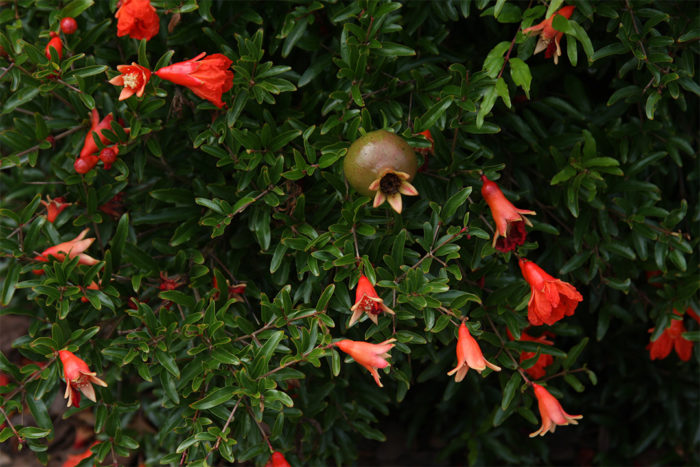
I often hear people say things like, “That plant prefers a Mediterranean climate.” A Mediterranean climate is often characterized by hot, dry summers and mild winters. It is additionally associated with lean, sharply draining soils. The Mediterranean Sea spans from Southern Europe, across North Africa, and all the way to Western Asia. This area is full of garden-worthy plants you may want to add to your garden. In this regional report, we will explore herbal and edible plants that hail from the Mediterranean region. These are plants many of us in the Mid-South have used heavily in our gardens.

Fig (Ficus carica, Zones 6–9)
Native range: Western Asia, southeastern Europe
I love fresh figs. Growing up in the Great Plains, I was only aware of figs in their Fig Newton form until I arrived in Tennessee. Figs are large shrubs that often reaching over 15 feet high and wide. After a mild winter, stems will persist, and both a late spring and a fall crop of figs is possible. Different cultivars of figs have different tastes and slightly different ripening times, so adding a diversity of figs to the landscape where space permits is recommended.
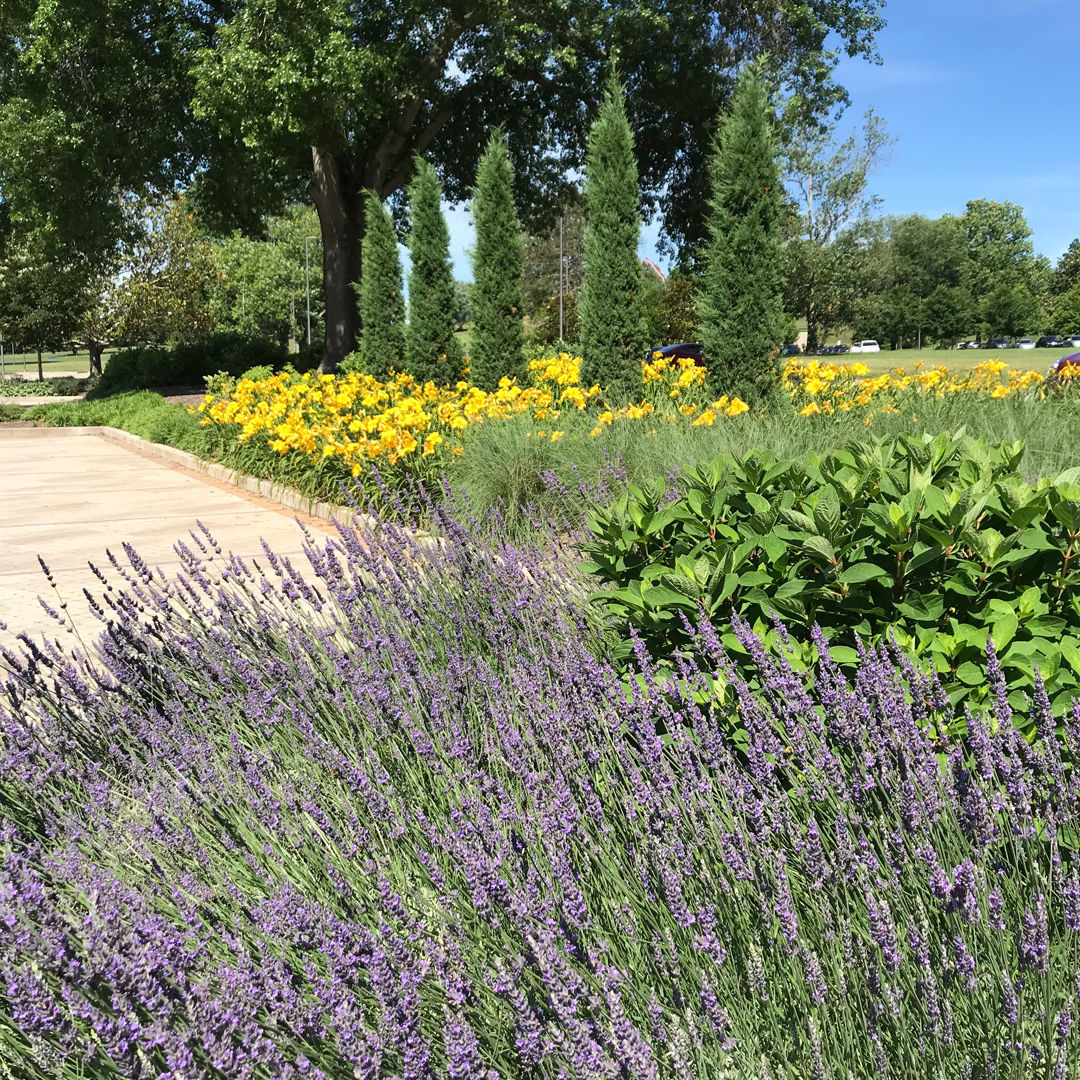
English lavender (Lavandula angustifolia, Zones 5–8)
Native range: Primarily Mediterranean climatic regions of Europe, Spain eastward to Italy
This lavender is not really English at all but was given that moniker by English gardeners. Many cultivars are sold, but few persist well into the dog days of summer in the South. All selections require excellent drainage and good air circulation for success. I have been impressed with the cultivar ‘Phenomenal’, which is actually Lavandula × intermedia—a hybrid cross between English lavender and spike lavender (Lavandula latifolia, Zones 5–9). Prune flowers off as they start to fade to keep plants from becoming leggy.
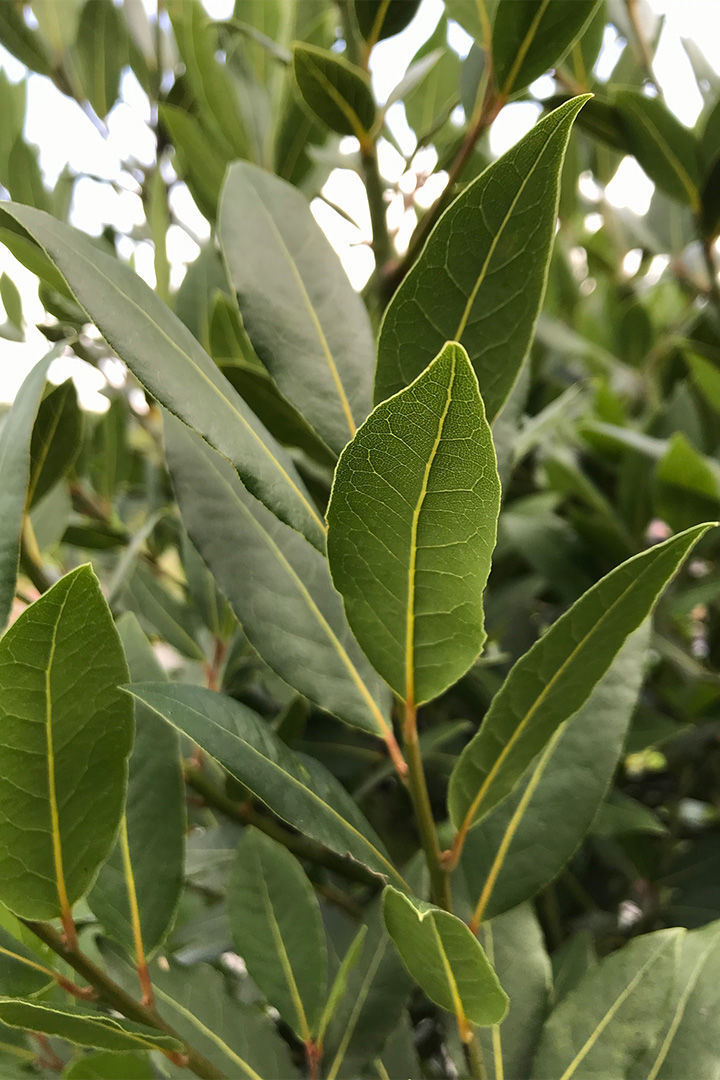
Bay laurel (Laurus nobilis, Zones 8–11)
Native range: Northern Africa, Western Asia, Southern Europe
Before growing it myself, I just knew it as the leaf I had to pick out of my soup. Bay is an evergreen tree or large shrub known for its aromatic foliage. This plant is best suited for those in at least Zone 8, but it can be snuck into Zone 7b if protected well. This makes a great container plant for those of you in warmer climates.
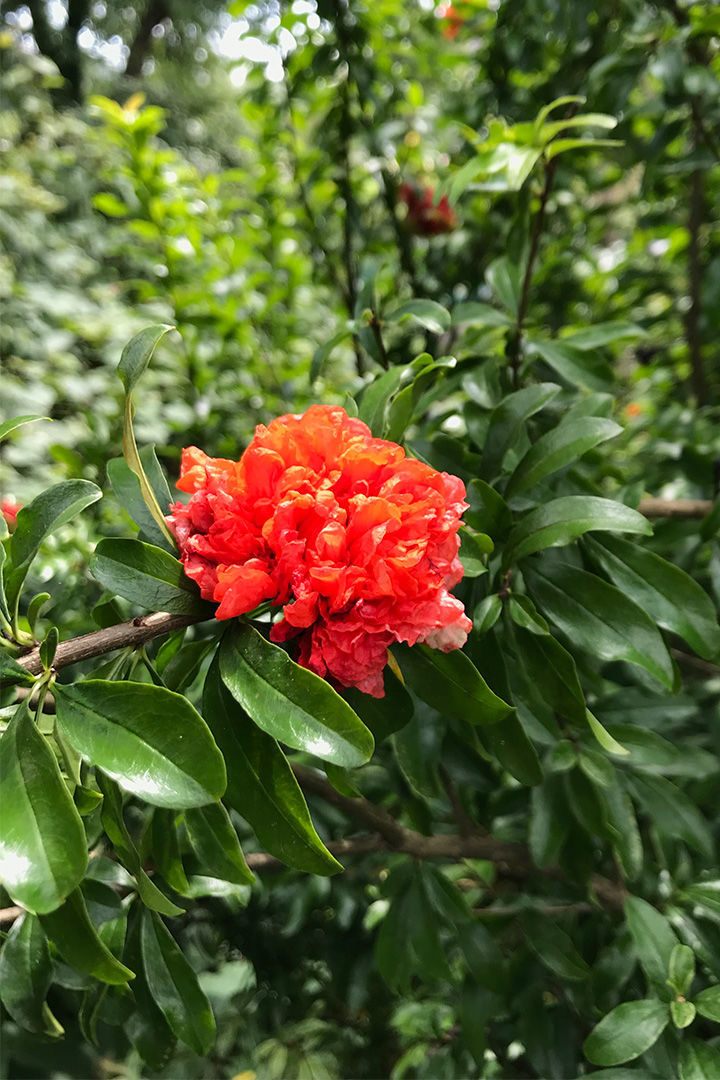
Pomegranate (Punica granatum and cvs., Zones 8–11)
Native range: Middle and Western Asia
As you move south in the United States, you will encounter people who have successfully grown pomegranate for its fruit. However, I grow pomegranate for its uniquely colored flower and beautiful textured foliage. Pomegranates are generally a multistemmed shrub that can withstand temperatures to around 10°F. Often after colder temperatures stems die back, but they will rebound from their existing root system. Several new dwarf ornamental pomegranates are now entering the retail market and show promise for Southern gardens.

Rosemary (Rosmarinus officinalis and cvs., Zones 8–11)
Native range: Africa, Europe (Portugal and northwest Spain), Western Asia
I consider rosemary a subshrub. Over time it will reach a height of 2 to 4 feet. It is most impactfully planted near a walkway or sidewalk so that those moving past can reach out and touch its fragrant foliage. There are many cultivars of rosemary on the market. ‘Arp’ is often the standard selection you will encounter. However, you may want to explore other cultivars, because many bloom at wildly different times. There are early-season and late-season bloomers.
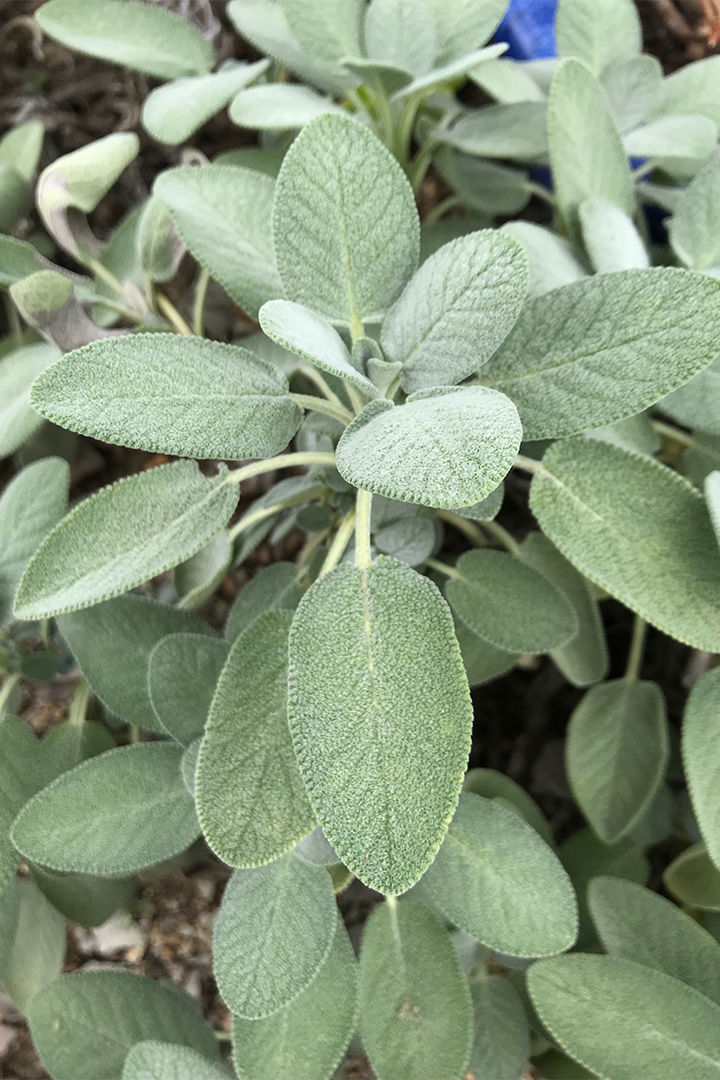
Common sage (Salvia officinalis, Zones 4–8)
Native range: Spain, western Balkan Peninsula, Asia Minor, and North Africa
Sage is commonly grown in mid-South gardens. This is a very hardy plant when given sharp drainage and does well on the edge of a sunny border. Sage is a small, woody-stemmed perennial with glaucous blue, highly resinous leaves with wonderful texture. Many gardeners grow it as a simple pot herb or for culinary use. I, however, use it strictly for ornamental gardening.
There are some general recommendations to heed if you want to add any of these to your garden. Plant in spring! You will be more successful if you choose to purchase and plant any of these in the spring; fall planting is not a great idea because cool, wet soil and temperature fluctuations are very hard on unestablished plants. Plant in spring, and you will have the whole growing season for your plants to establish. Plant each of these slightly above grade, mounding soil up to their roots. This will help with drainage, especially during the winter months. Finally, if pruning is desired, avoid doing so after late summer or before your last frost-free date. Fall pruning can cause new growth that can be easily damaged in winter, and pruning too early in spring is often a death sentence for these warm weather–loving plants. All of the above plants are sun lovers, so sighting them appropriately is important.
You may note that I didn’t mention olive (Olea europaea, Zones 8–10), the presence of which is the quintessential botanical indicator of a true Mediterranean climate. I planted one this year and will see if it survives. I don’t have high hopes, but I will enjoy it while it is lasts. These recommendations are for the mid-South, but I would love to see those of you in the Deep South comment below about your successes and failures with any of these plants. Or perhaps there are others like olive you have been successful with now or in the past? Don’t be discouraged if you plant one of these and it doesn’t last forever. Considering where these plants are originally from, if you get five years out of them, I think we can call that a success.
—Andy Pulte is a faculty member in the plant sciences department at the University of Tennessee.


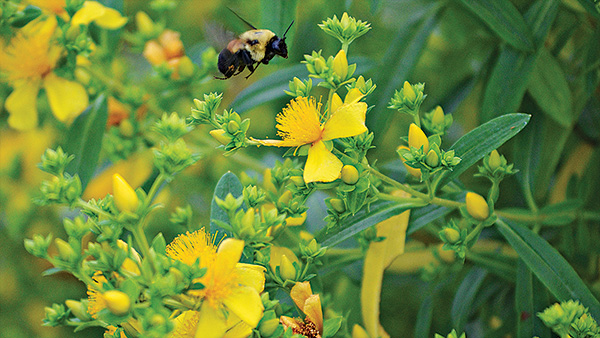
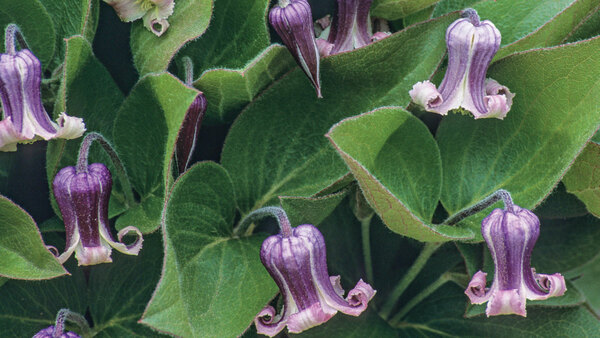














Comments
Log in or create an account to post a comment.
Sign up Log in